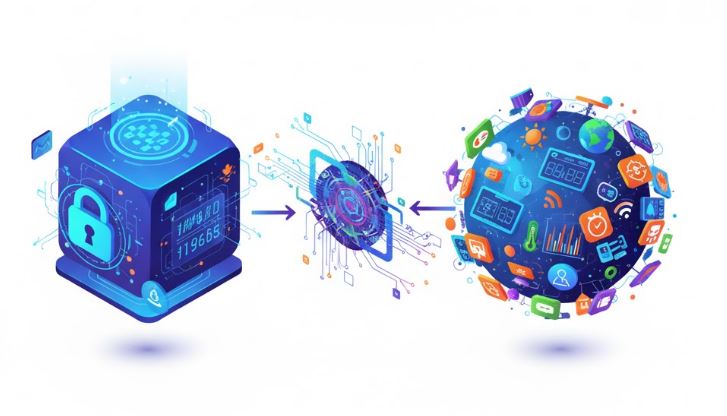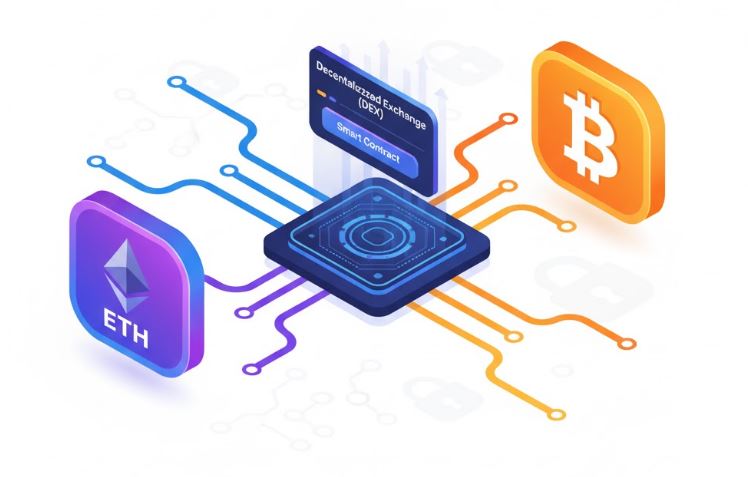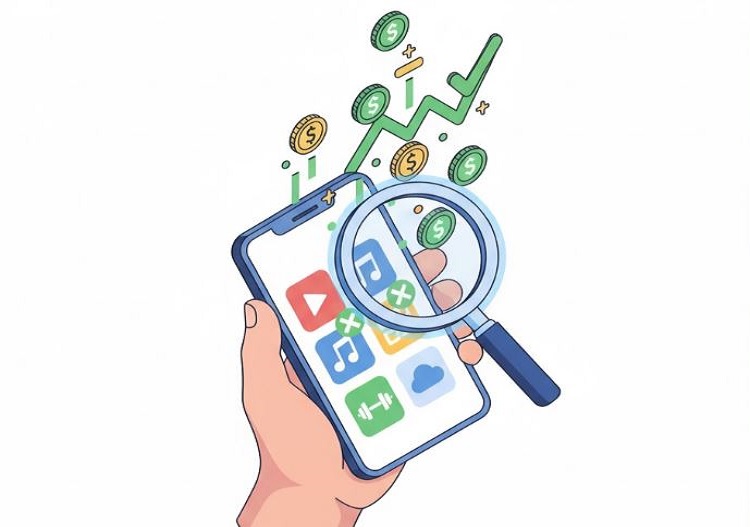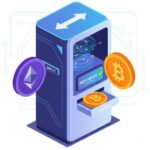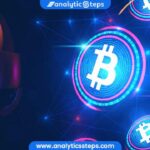Blockchains are great at keeping records that can’t be changed, but there’s one big challenge they were never built to solve on their own: getting information from the real world. A blockchain can confirm a payment, but it doesn’t know the weather, the price of a stock, the score of a sports game, or whether a package was delivered. It can only see what’s already inside its own system.
This gap is known as “the Oracle Problem.”
An oracle is a tool or service that brings outside data into a blockchain so smart contracts can react to real events. For example, if a smart contract is supposed to pay a farmer when rainfall is below a certain level, it needs weather data. But because this data comes from outside the blockchain, how can the contract be sure the information is accurate and not manipulated?
The challenge is trust. If a single company controls the data going in, that company could cheat, make a mistake, or be hacked. That would break the whole point of blockchain, which is supposed to be trustless and tamper-proof.
To fix this, modern blockchains use decentralized oracles, which collect data from many independent sources instead of just one. They compare the information, verify it, and then send a final answer to the blockchain. This lowers the chance of fraud or error. A good example of this is Chainlink, one of the most widely used decentralized oracle networks.
You can think of it like this: if one person tells you it’s raining, you might doubt them. But if ten different people from different places all tell you the same thing, you can trust the information much more.
The oracle problem matters because without oracles, smart contracts would be stuck inside their own world with no way to interact with reality. With oracles, blockchains can power things like insurance payouts, supply chain tracking, real-time finance, sports betting, energy trading, and more.
Oracles are what connect blockchain technology to everyday life. They are the bridge between code and reality, and solving the oracle problem is the key to making Web3 useful beyond just tokens and trading.
